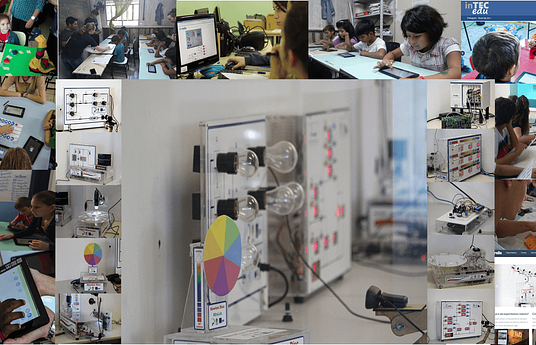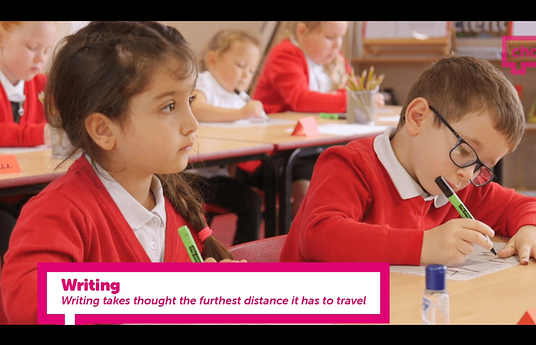We set out to make sure that vulnerable children in rural Surket, Nepal are safe, educated, and loved. When it was time to build a new school, we harnessed local materials and architecture to reduce our carbon impact. Not only have we built an entirely green and sustainable campus for the new school, but sustainability is also embedded in the school’s curriculum to train future leaders.
The green campus was built with local materials and rammed earth walls, for stability and insulation to keep the buildings cool in the summer and warm in the winter. It is powered fully by solar energy when the sun is shining, producing 150 kWh of power each day, using the 2556 hours of sunlight Nepal receives per year. A concentrated solar power system also heats the cooking oil for the school’s kitchen, which produces 500 meals per day. A rainwater system uses gutters and a 300,000 liter cistern to use water three times – for handwashing, filtered for drinking, and finally for cleaning and toilet flushing.
The campus is also a model for learning environmental sustainability. The school’s students learn about conservation and the natural world in outdoor lessons, nature clubs, and in the organic garden/farm, where each class helps to grow 26 types of fruits and vegetables for use in the healthy lunch program that feeds over 400 students plus staff each day.
Each year, 400+ students learn to minimize personal consumption and dispose of waste properly. Students and staff take collective action on environmental issues and teach their families and community about sustainable living. Over 100 teachers and staff are deepening their environmental knowledge through professional development workshops.
On the school campus, waste has been reduced and properly managed, single-use plastic has been banned, and small local businesses and farms are growing thanks to local purchasing policies. In the community, general soil health has improved, targeting the reduction of erosion and landslides.
We have created a model school and now offer mentoring and partnerships to help local public schools implement quality education and sustainable living practices.
We encourage other changemakers to ask questions in their own communities. We will always remain focused in Nepal, but part of the mission statement is “to inspire others” to take similar action around the world. We are working on open-source resources to help prepare more individuals and communities to implement programming that is adapted to their own context/community.



